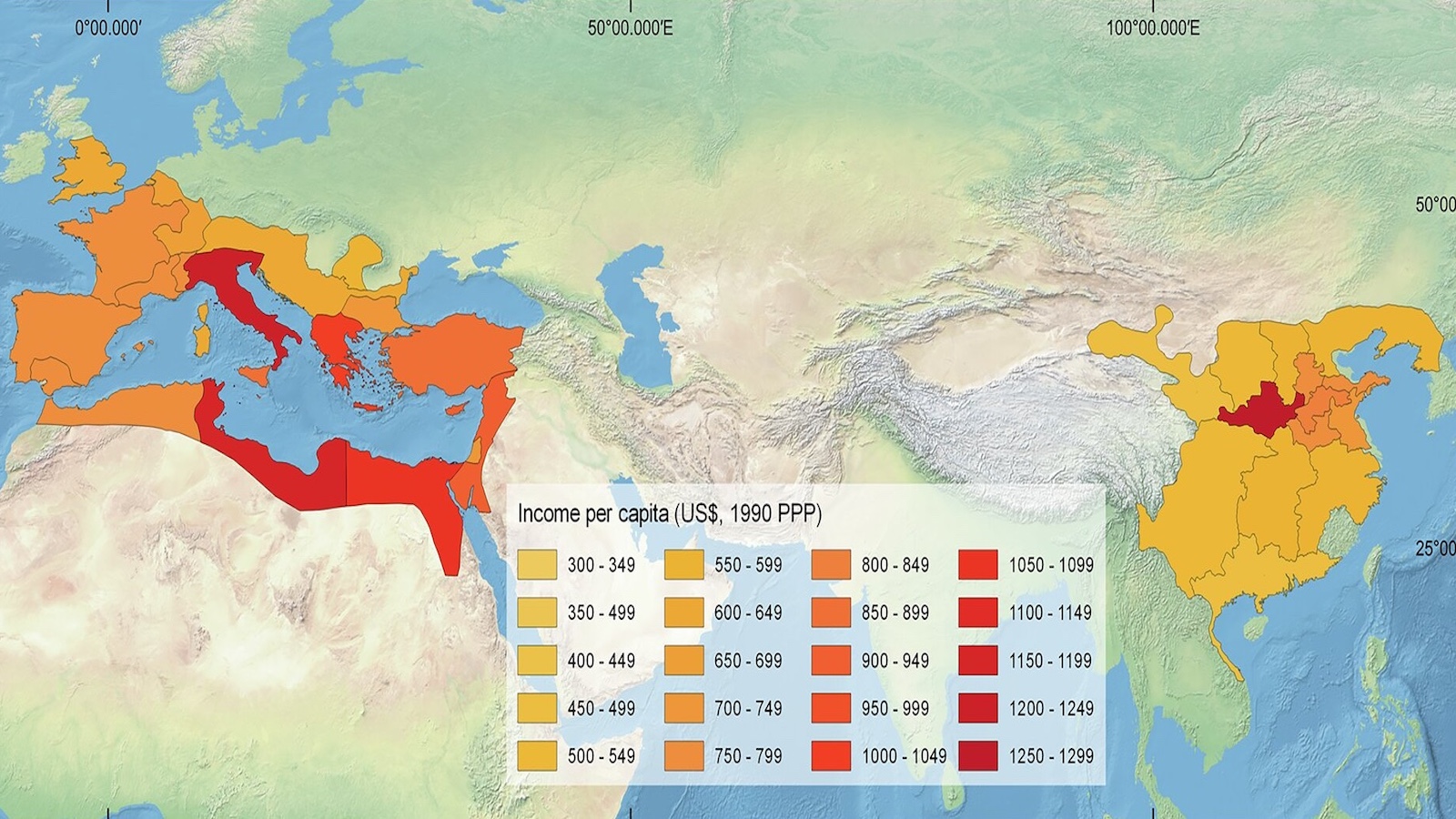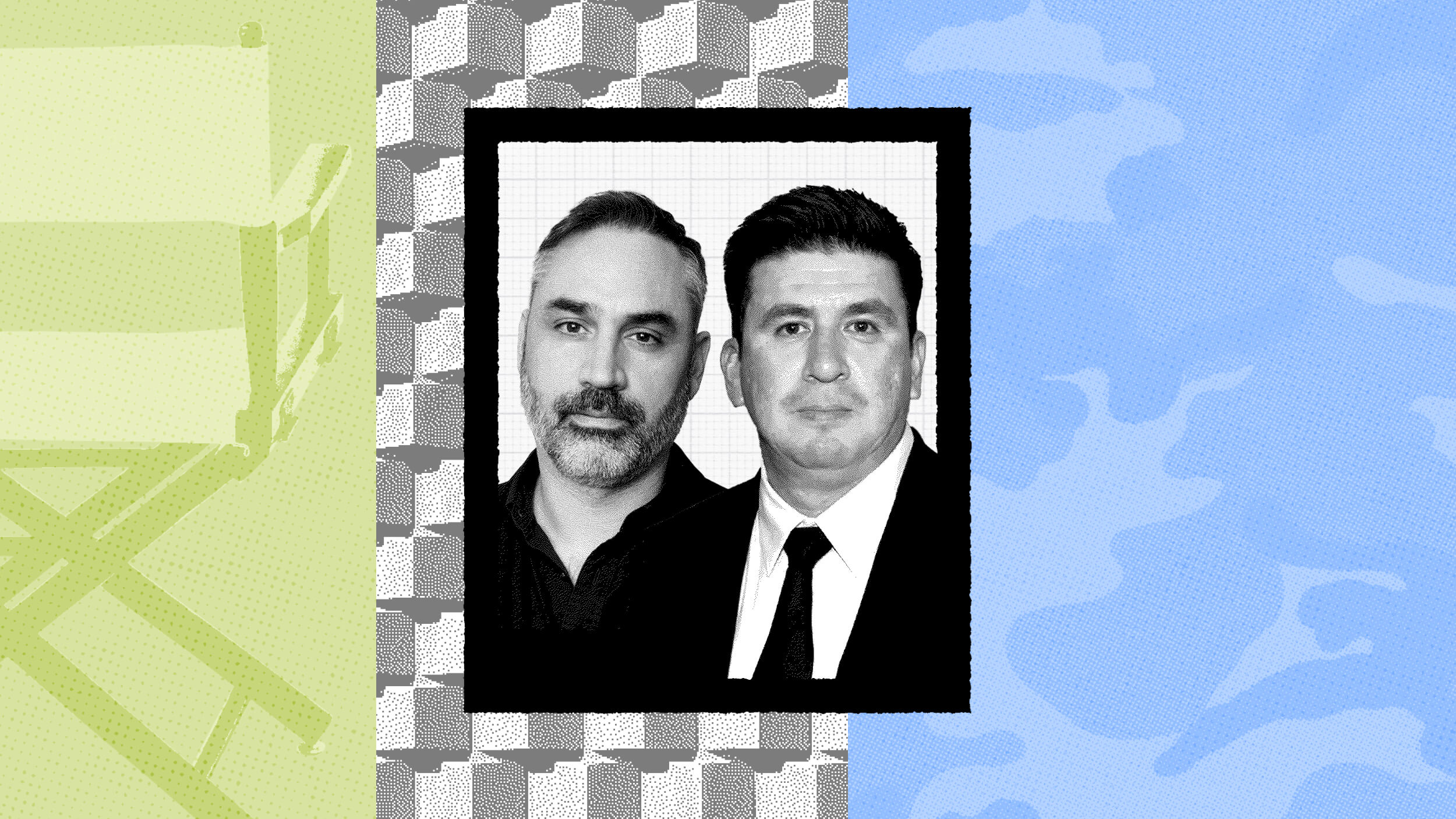Why Does War Literally Breed Men?

Nations involved in World Wars I and II had a different ratio of male births to female than they had in peacetime, and the effect persisted for a few years after the wars had ended. It was a very slight tilt in favor of boys. The demographics suggest that for some reason men who fought in the conflict were slightly more likely to father males.
The ever-interesting Chris Albon describes this “returning soldier effect” here, and ponders a strange-sounding but logical theory proposed to explain it.
The idea, published a couple of years ago by Satoshi Kanazawa, makes a link between two facts: Taller people have more sons, and taller soldiers are more likely to survive military service. In other words, Kanazawa thinks a major war exerts some selection pressure in favor of people more likely to have boys. As for why this should be so, Kanazawa, who is a hard-line evolutionary psychologist, speculates that it may be because larger people are smarter, and hence less likely to let themselves end up as cannon fodder. Or perhaps it’s because they’re healthier and more resilient.
But another possible explanation in Kanazawa’s paper, which intrigued Albon, is simply that bigger people, when wounded, literally have a wider margin of safety: vital organs aren’t much bigger in taller people than they are in average-sized bodies, so larger soldiers’ bodies simply have more territory where a bullet can land without hitting anything essential.
As Kanazawa himself has pointed out, it shouldn’t be hard to test these alternative explanations. The margin-of-error theory, if correct, would mean that the “returning soldier effect” should be seen only when large numbers of people are trying to maim one another over some period of time. (It’s no use being able to accommodate a bullet if no bullets are flying.) On the other hand, if tallness is selected because it’s linked to some generally advantageous trait (like resilience or brain-power) then there should be a change in newborn sex ratios after other kinds of mass catastrophes as well as war–Kanazawa’s example is the 2004 Indian Ocean tsunami.
Kanazawa explains all this himself on his own blog, but Albon’s take seems wiser to me. If an inch of extra height affects a man’s chances of surviving military service, then, he writes, the key lesson is that “war does not try men equally.” Armies, he adds, “are not unitary objects but organizations of individuals facing individualized risk. The same argument can be applied to civilian populations. Warfare’s effect and risk is unique to the person. Populations face war as individuals.”




